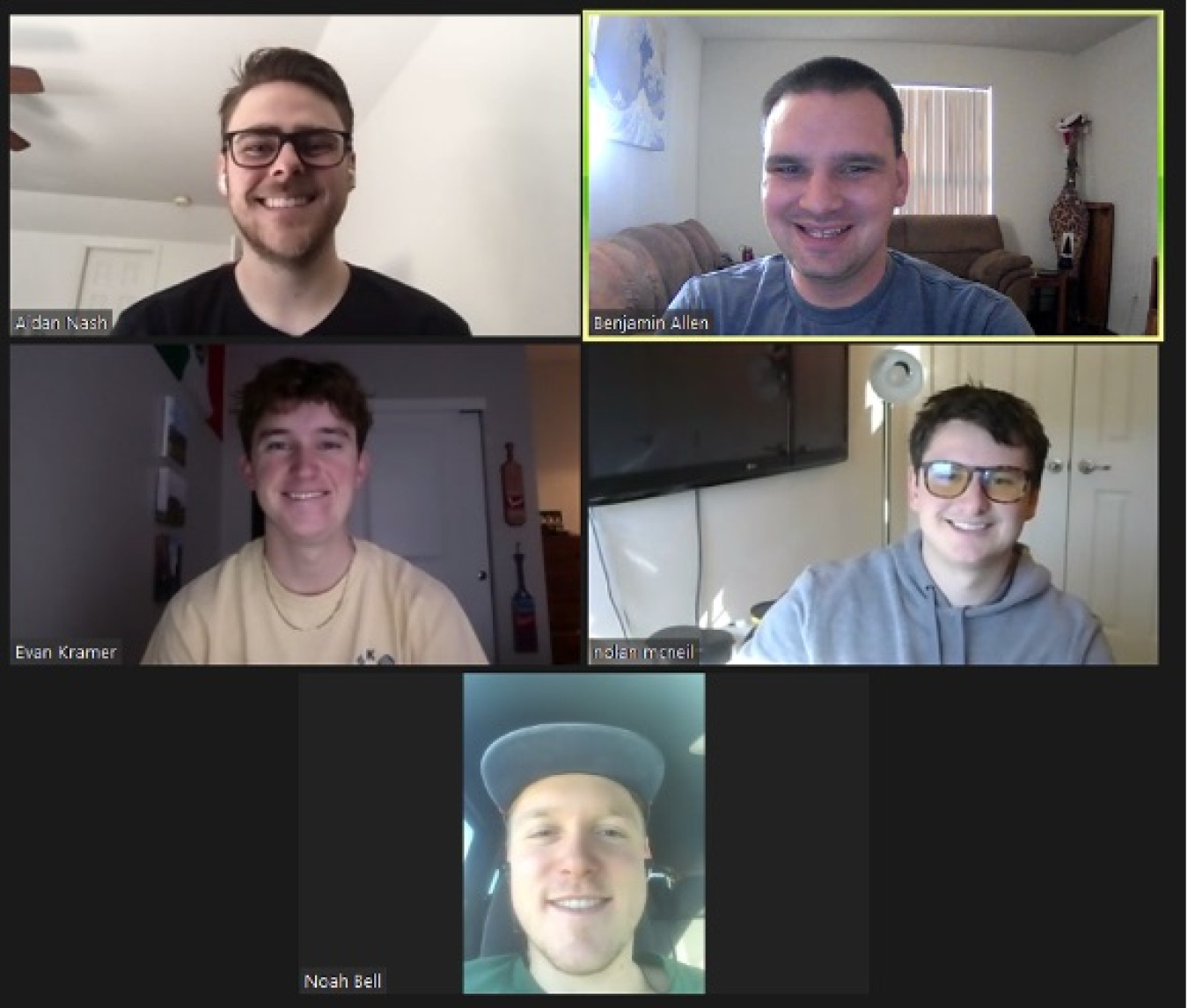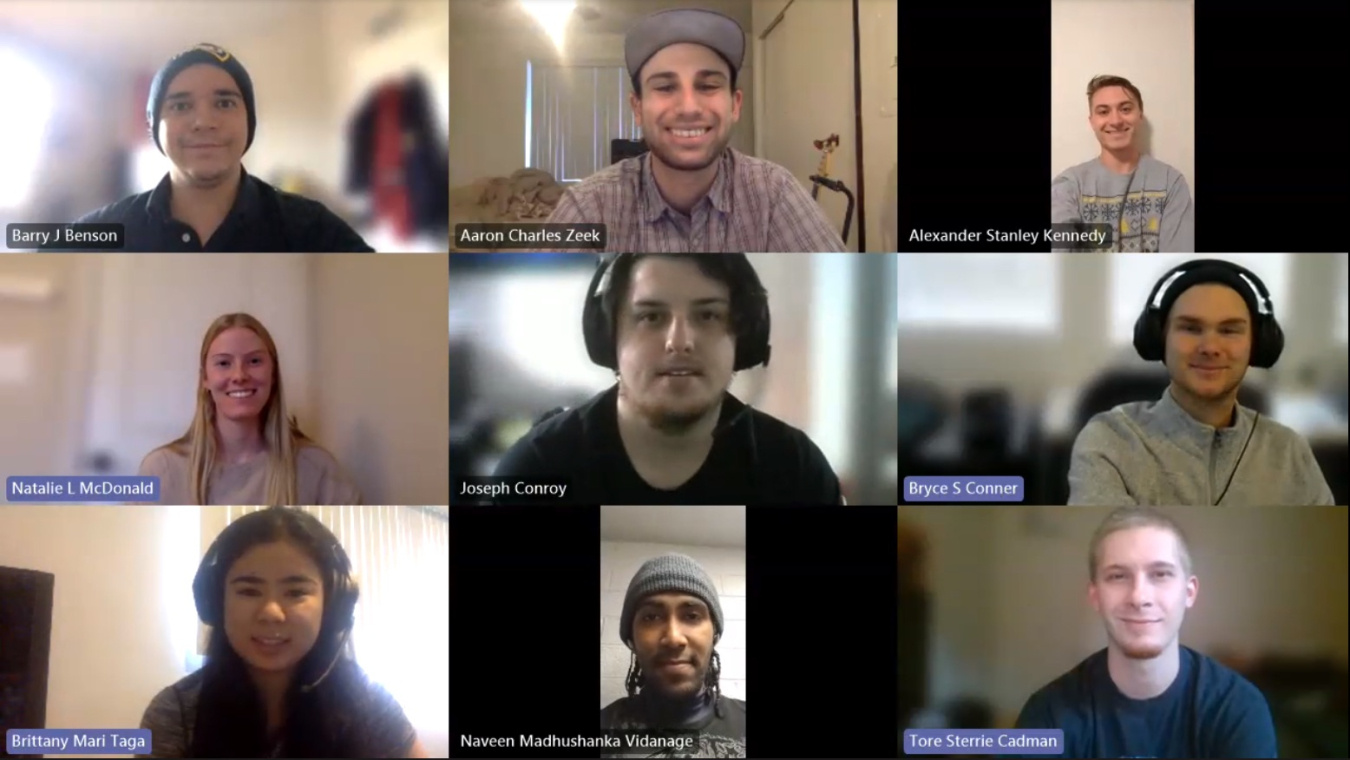Team Name:
AeroAXE NAU
Northern Arizona University, Flagstaff, Arizona
Why this Competition?
For many members of this team, participation in the U.S. Department of Energy Collegiate Wind Competition is the first step into the wind industry and the world of renewable energy. The competition will allow the students at Northern Arizona University (NAU) to take an active role in the world’s transition from fossil fuels to renewable energy as possible technicians, consultants, researchers, engineers, or educators.
Game Plan
The team will develop a microturbine, spearheaded by the electrical and mechanical subteams. The team will develop multiple turbine iterations with a willingness to change key design points. They will pay careful attention to viable assembly methodologies, investigate capabilities such as pitch and yaw, research outsourced components, study methodologies for translation and amplification of the produced voltage, and review the mistakes and achievements of previous NAU teams.

AeroAXE NAU | Electrical Engineering
The siting subteam will utilize software such as the National Renewable Energy Laboratory’s (NREL) System Advisor Model (SAM) and Continuum to tackle the theoretical goal of developing a 100-megawatt (or less) wind farm in western South Dakota. The team will also complete a review of national and local energy policy to develop a lucrative, environmentally conscious, long-lasting, and locally beneficial wind farm.
Team Strengths
The team sees the variety among its members as its greatest strength. Within the team, there are members proficient in engineering-based coding languages and other members experienced in computer-aided design software. This knowledge extends to control system microcontrollers, computational fluid dynamics packages, 3D-printing software, and more.

AeroAXE NAU | Mechanical Engineering
Team Hurdles
Because of COVID-19 prevention guidelines, the team is challenged by restrictions on the number of people who can meet, limited resources available to the school and students, and the greatly extended lead times necessary for obtaining outsourced parts. The team will continue to adjust their approach, offering online access to recorded meetings, preparing several fabrication methods or vending sources for parts, and allowing an abundant amount of time for corrections to plans that fall through.
The other hurdle is coordinating consistent meeting times for 15 individuals, most of whom are working part-time while in their final semesters as undergraduates.
Competition Objectives
As the eighth team from NAU to participate in the competition, the team not only hopes to develop a submission that surpasses the efforts of previous NAU teams, but one that can also be considered competitive among the other schools taking part in the competition. By doing so, we aim to train and educate future generations of the wind energy workforce.
Follow Us
Facebook: @NAUFlagstaff
Instagram: @aeroaxe_nau | @nauflagstaff
LinkedIn: Northern Arizona University
Tik Tok: @aeroaxe_nau (coming soon)
Twitter: @NAU
Mechanical Engineering CWC website
Electrical Engineering CWC website
This content was submitted to the U.S. Department of Energy by the team.

